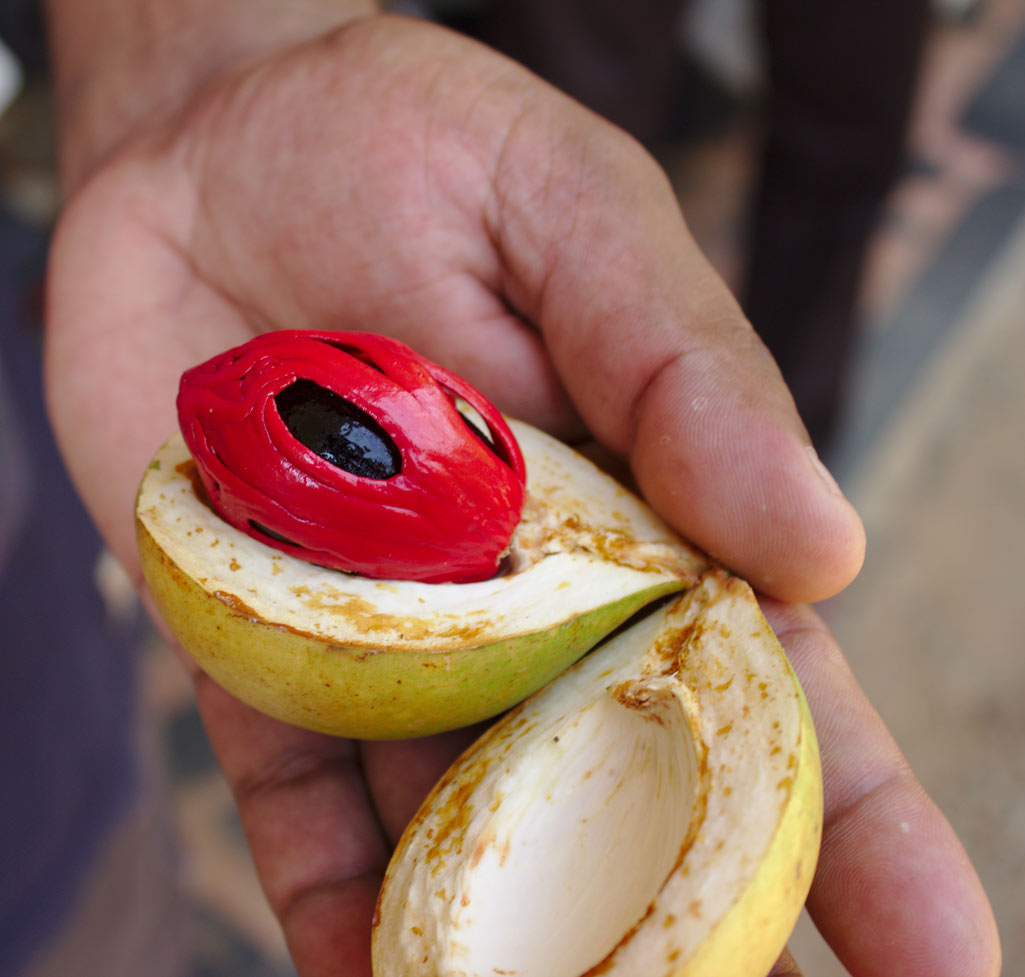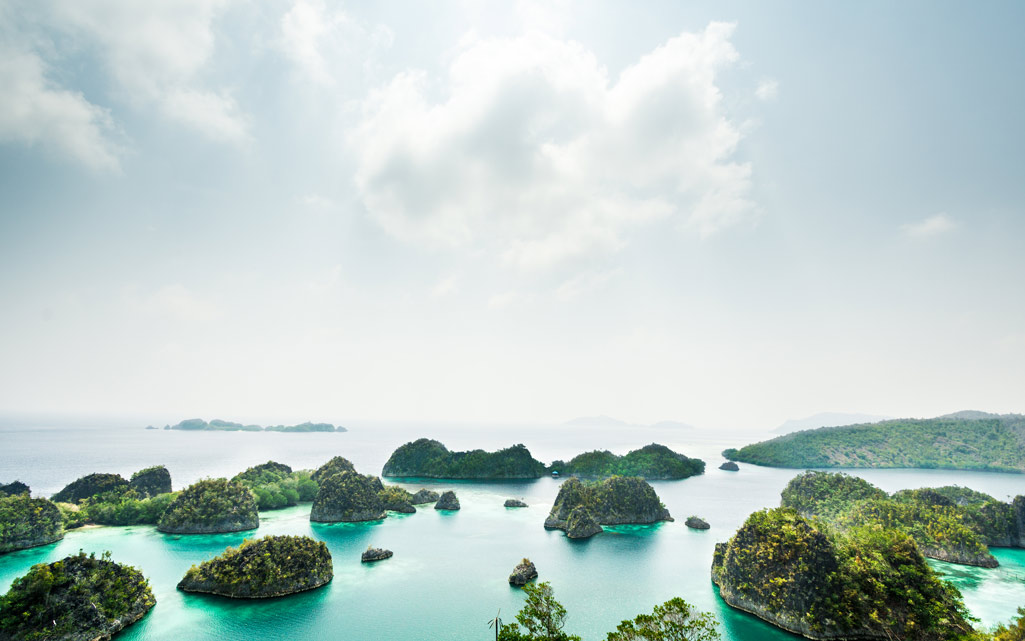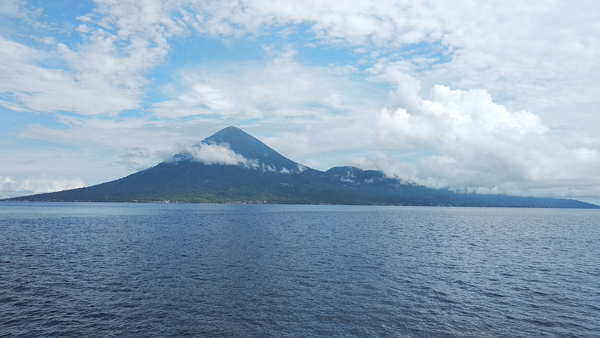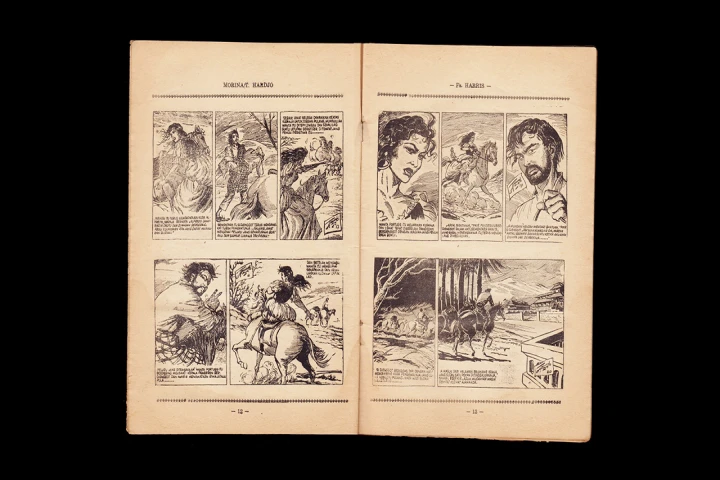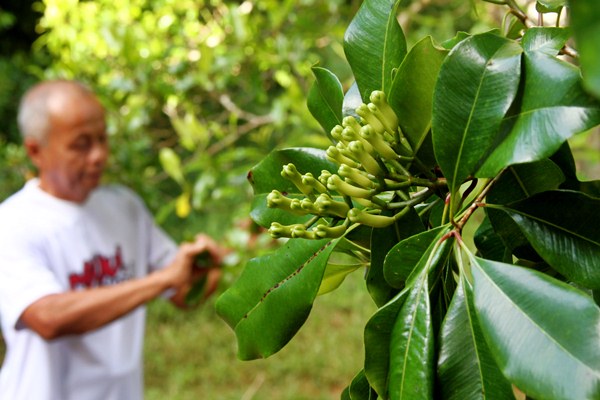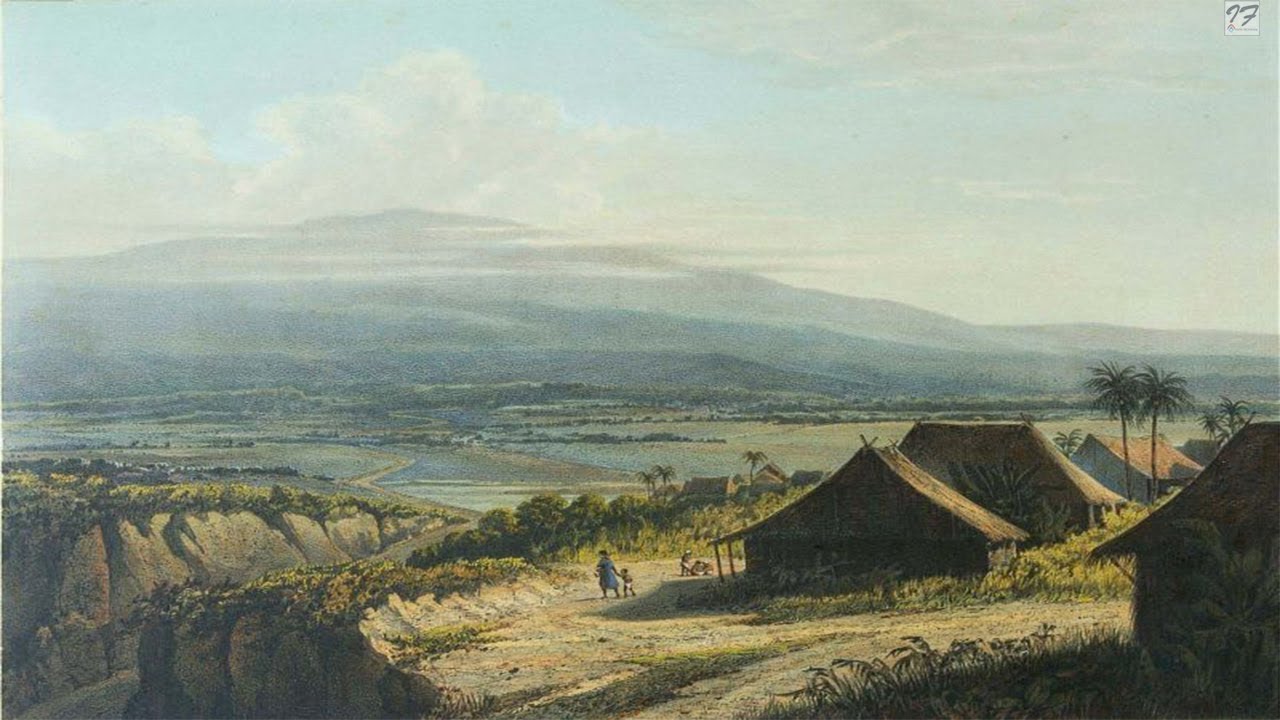
We cannot find many sources to portray the condition of Banten before the arrival of the Westerners. The discovery of artifacts like Chinese and Vietnamese ceramics and the arrival of Islamic preachers became other proofs of the cultural interactions among nations.
In the next phase, in the 17th century, the Islamic dynasty, led by Sunan Gunung Jati from Demak, seized the power of the Old Banten era and led Banten to play its role in history as a spice trade point.
Its role as a pepper merchant transformed Banten into a trade city. Further, Banten also played its role as an Entrepôt, or an entrance for the western spice expeditions (English, Portuguese, Dutch) before they sailed to the spice islands in Maluku. When the Portuguese dominated Malacca, other countries fought to win their domination over Banten as a strategic location and an Entrepôt.
Another record about Banten as the spice routes’ point was the trace of Francis Drake, a celebrated sailor from England. He managed to build English and Portuguese settlements in Banten that had a strong influence. As a result, it led other nations, especially the Dutch, to step their feet on this land.
In 1595, Cornelis de Houtman arrived in Banten. However, unlike Drake and the English, who got a positive influence and warm welcome, the short-tempered and irreverent de Houtman got the opposite reaction and thus created tension. It triggered a war between VOC and the Portuguese in Banten in 1601, resulting in a siege in Banten by the VOC in 1682.
The proximity of the Banten and British Kingdom formed a cultural trace through the arrival of two Banten envoys to England. Unfortunately, they did not get reinforcement. However, the arrival of these two envoys grabbed the attention of this imperial nation. As a result, both of them were immortalized on a painting as people from the spice island.
Further, we can see the multicultural traces resulting from spice trades in Banten from the arrival of numerous foreigners who participated in changing the structure of Banten. Many communities set up buildings outside the fort where the people of Banten lived. They were English, Dutch, French, Danish, Chinese, and the locals like Bugis, Makassar, Javanese, Malay, Sumatera, and Balinese.
A huge cannon called “Ki Amuk”, bought by Banten Sultanate from European traders as a weapon and defense from the enemies (especially the Dutch), exists until today and becomes proof of cultural contact and interaction in Banten. “Ki Amuk” cannon is unique. Despite coming from European traders, there are Arabic letters on the cannon’s body that depict the identity of Banten at that time. We can see the cannon today at the Old Banten Archeological Museum.
_________
Source:
Webinar Jalur Rempah dan Kontak Budaya di Banten with Sri Margana, Ph. D, Sonny C Wibisono, M.A., DEA., Jumhari S.S, M.Hum., and G. Andika Ariwibowo M.A
_________
Text & Editor: Doni Ahmadi
Translator: Dhiani Probhosiwi
Image: Abraham Salm. 1865-1872 / Wikimedia Commons



